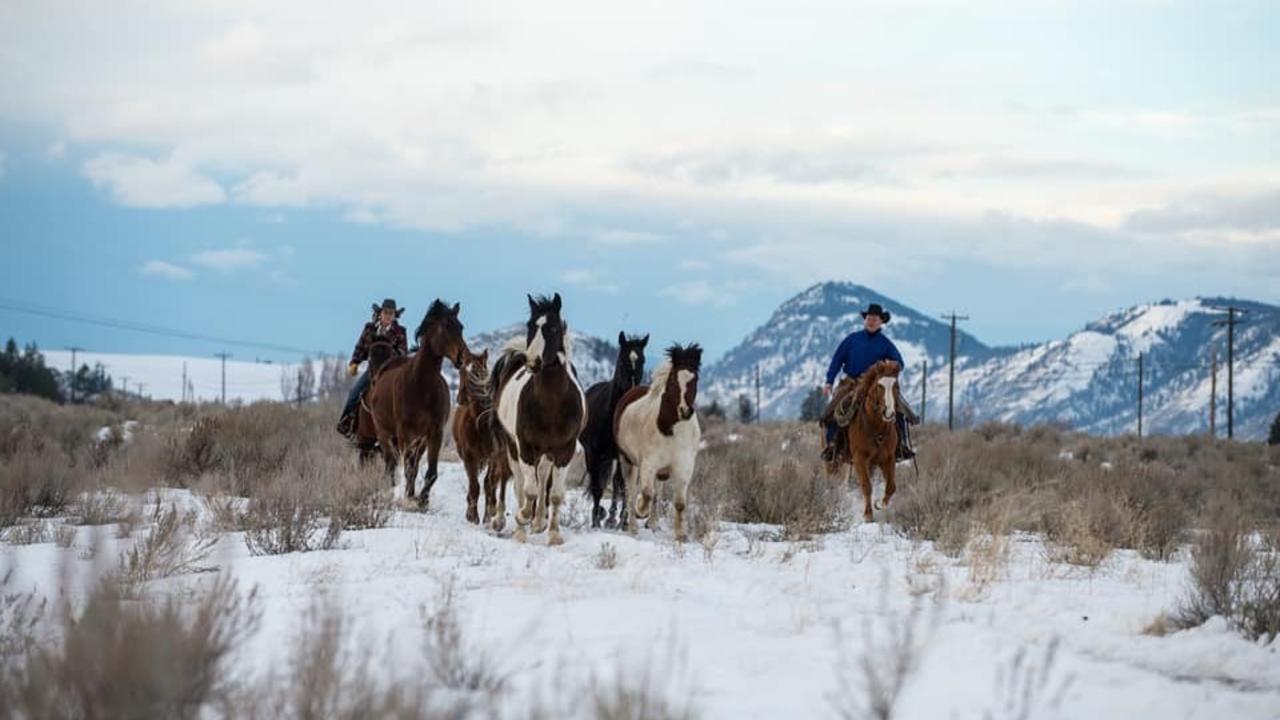Horse Obstacles Are No Longer an Issue

Horse Obstacles Training: Step by Step
It doesn’t matter what discipline you are in, your horse will have obstacles to face... even if it’s the trailer ride to get there.
Obstacles are a good way to establish leadership, build confidence, and teach your horse to read patterns. I like to use a variety of obstacles but as I approach each obstacle, I only have one goal in mind — reward the try.
By consistently rewarding the try and not pushing them over each obstacle on the first approach, you will build confidence in your horse. He will gain confidence in me knowing that I won’t put him into a situation that will harm him, and confidence in himself by conquering scary things.
Two Most Common Training Mistakes
Here are two mistakes I see most often:
1. In the first scenario, Jill camps out at one obstacle with the attitude that her and her horse are going to go over it, even if it takes all day. The positives of this approach is it will show her commitment and leadership as well as build her confidence in that particular obstacle.
The negative is that it will not do much for her horse’s confidence in her. In fact, it will diminish his confidence in her.
2. The second scenario is the opposite side of the coin. Theresa leads a horse up to an obstacle to let them both have a look. If either or both show fear, they move onto the next obstacle.
With this approach, her horse sees a weakness in her leadership.
In order to keep a balance of leadership and confidence, I will approach the obstacle until I find some fear. Then I will challenge their fear by asking him to go a couple steps closer, then reward him by going to the next obstacle. If my horse is confident in me, he will start to go over new obstacles on the first approach...nice thing to have in any discipline.
Establish Control Over His Left and Right
I like to be able to first lead my horse over the obstacle. Then I send him over on a long line, and, finally, ride him over the obstacle.
Once in the saddle, start by approaching the first obstacle as if you’re on a train track, not allowing him to go left or right. If he doesn’t feel you have control of his body, he will try going around to the left or right. If he tries to go left, correct him by making him go to the right. If he tries to go to the right, correct him by making him go to the left. Once he feels you have control over his left and right, he will stop.
When he stops, back him up about 30 feet.
What Is The Second Step to Eliminating Horse Obstacles Issues?
On the second approach, your horse will either stop further away or get closer to your object. If he gets closer, I would back him away for a third and fourth approach, waiting for his first refusal.
The refusal is when he stops further away than the time before. That’s when I start to build pressure with my taps until he gets closer. Then I retreat to a new obstacle and repeat the process. Going to a new obstacle is a reward for your horse.
When I come back to an obstacle, I remember where the comfort zone was and I want to push him a little closer each time. The key here is to wait until you get the refusal and then push through the refusal at least one step before going to a new obstacle.
He does not have to go over, just get closer. That way I’m focused more on rewarding the try than going over the obstacle. This would be quitting on a good note.
Once I’ve got my horse to go over an obstacle, I like to make that a rest place. I will lunge him or ride him at a trot next to the obstacle, then let him rest on it. Working in patterns like this makes it easy for your horse to read you.
It also exposes his true colors. If you got him over an obstacle once and he won’t go
over it the second time, or stops further away each time, it shows a lack of leadership. That’s why it’s important to stick with it just until he gets one step closer than the time before. Always remember to keep your emotions
out of it, stay safe and enjoy the journey!
- Doug Mills, Founder of Training Thru Trust

